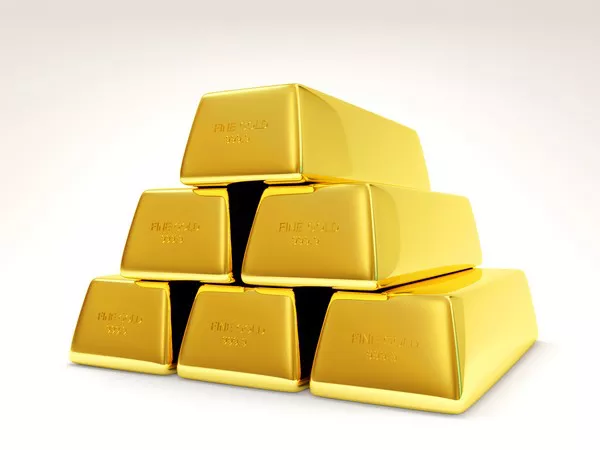Switzerland, renowned for its precision and excellence in various industries, is also synonymous with quality gold production. Swiss gold bars, known for their purity and craftsmanship, hold a special place in the global bullion market. Understanding the value of these gold bars involves considering various factors that contribute to their pricing. In this article, we delve into the intricacies of determining the worth of a Swiss gold bar.
1. Purity and Weight
The value of a Swiss gold bar primarily depends on its purity and weight. Swiss gold bars typically come in various weights, ranging from small bars of 1 gram to larger bars weighing several kilograms. The purity of these bars is often exceptionally high, with most Swiss gold bars being 99.99% pure (referred to as “four nines” gold). This purity is guaranteed by reputable Swiss refineries, adding to the allure and value of these bars.
2. Current Market Price
Like any other commodity, the price of Swiss gold bars is influenced by supply and demand dynamics in the global market. The current spot price of gold serves as a baseline for determining the value of Swiss gold bars. This spot price fluctuates throughout the day based on various factors such as economic conditions, geopolitical events, and investor sentiment. Buyers and sellers of Swiss gold bars use the spot price as a reference point for conducting transactions.
3. Premiums and Fees
In addition to the spot price of gold, buyers must also consider premiums and fees associated with purchasing Swiss gold bars. Premiums represent the additional cost above the spot price that buyers pay for the craftsmanship, purity, and reputation of Swiss gold bars. These premiums vary depending on factors such as the size of the bar, the brand of the refinery, and market conditions. Additionally, buyers may incur fees such as shipping charges, insurance, and handling fees when purchasing Swiss gold bars.
4. Brand and Reputation
The brand and reputation of the Swiss refinery producing the gold bar can also impact its value. Established Swiss refineries with a long history of producing high-quality gold bars command higher premiums due to their reputation for excellence and reliability. Investors and collectors often seek out bars from renowned Swiss refineries such as PAMP Suisse, Valcambi, and Argor-Heraeus, willing to pay a premium for the assurance of quality and authenticity.
5. Accessibility and Liquidity
Another factor to consider when assessing the value of a Swiss gold bar is its accessibility and liquidity in the market. Swiss gold bars are highly liquid assets, meaning they can be easily bought, sold, and traded in the global bullion market. The widespread recognition of Swiss gold bars and the standardization of their sizes and purity levels contribute to their liquidity. Investors value this liquidity as it provides them with flexibility and ease of transacting in gold bullion.
6. Economic and Geopolitical Factors
The value of Swiss gold bars can also be influenced by broader economic and geopolitical factors. Economic indicators such as inflation, interest rates, and currency fluctuations can impact the demand for gold as a hedge against economic uncertainty. Similarly, geopolitical tensions, trade disputes, and geopolitical instability can drive investors to seek refuge in safe-haven assets like gold, potentially increasing the value of Swiss gold bars.
Conclusion
In conclusion, determining the value of a Swiss gold bar involves considering various factors such as purity, weight, current market price, premiums, brand reputation, accessibility, and economic and geopolitical factors. While the spot price of gold serves as a baseline, premiums and fees, as well as the reputation of the Swiss refinery, can significantly impact the overall value of the gold bar. Investors and collectors interested in Swiss gold bars should conduct thorough research and consider these factors before making purchasing decisions.

